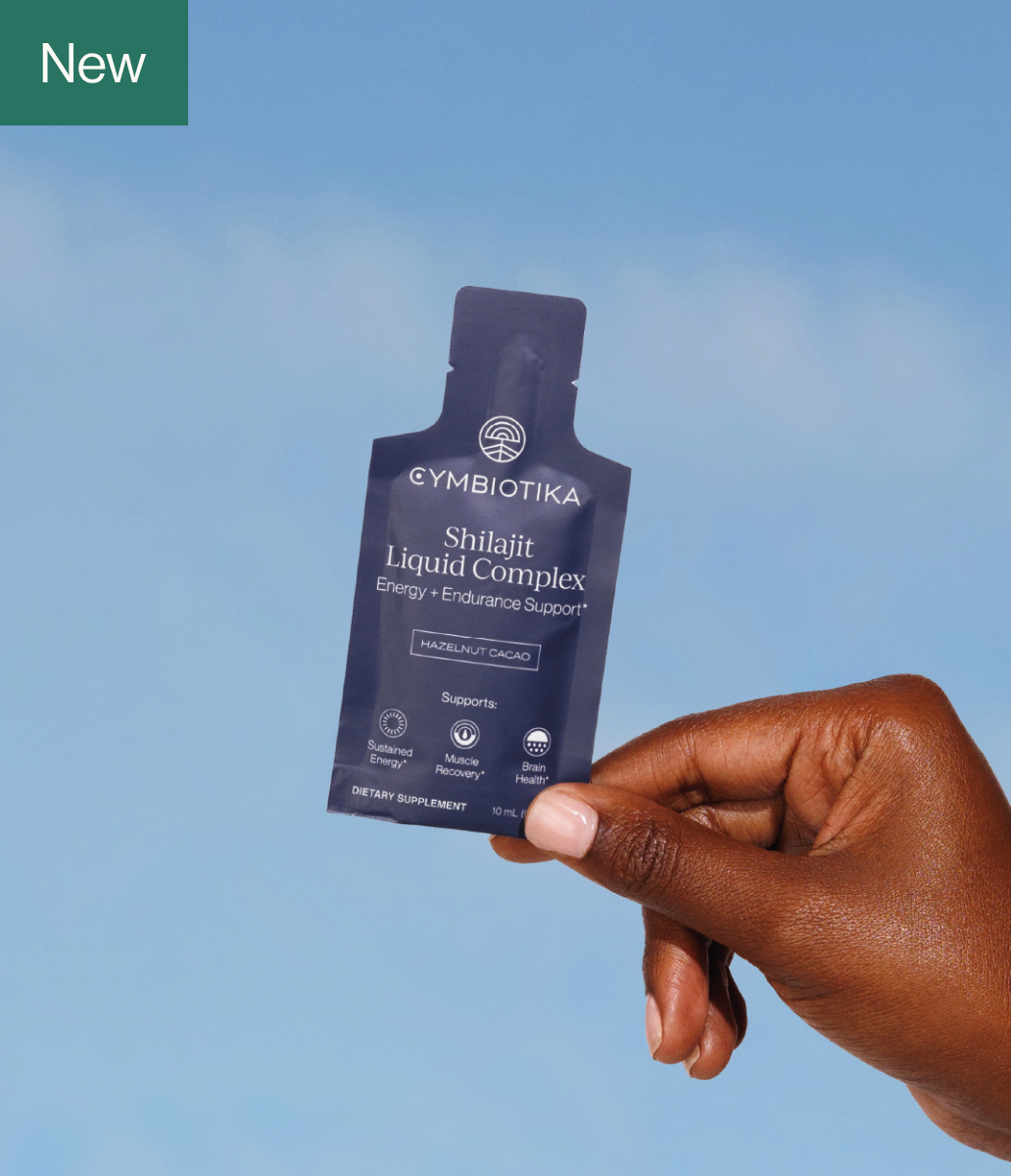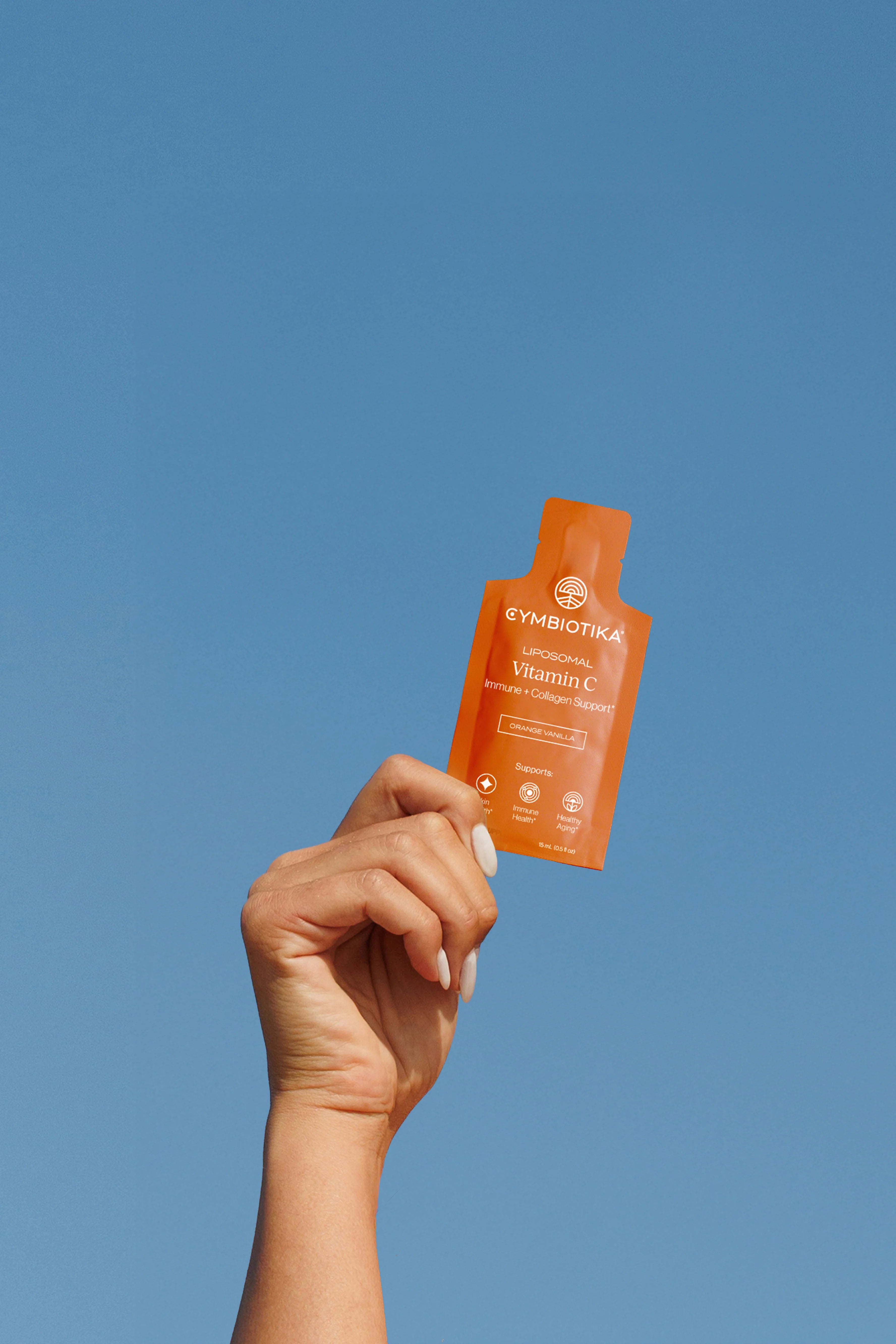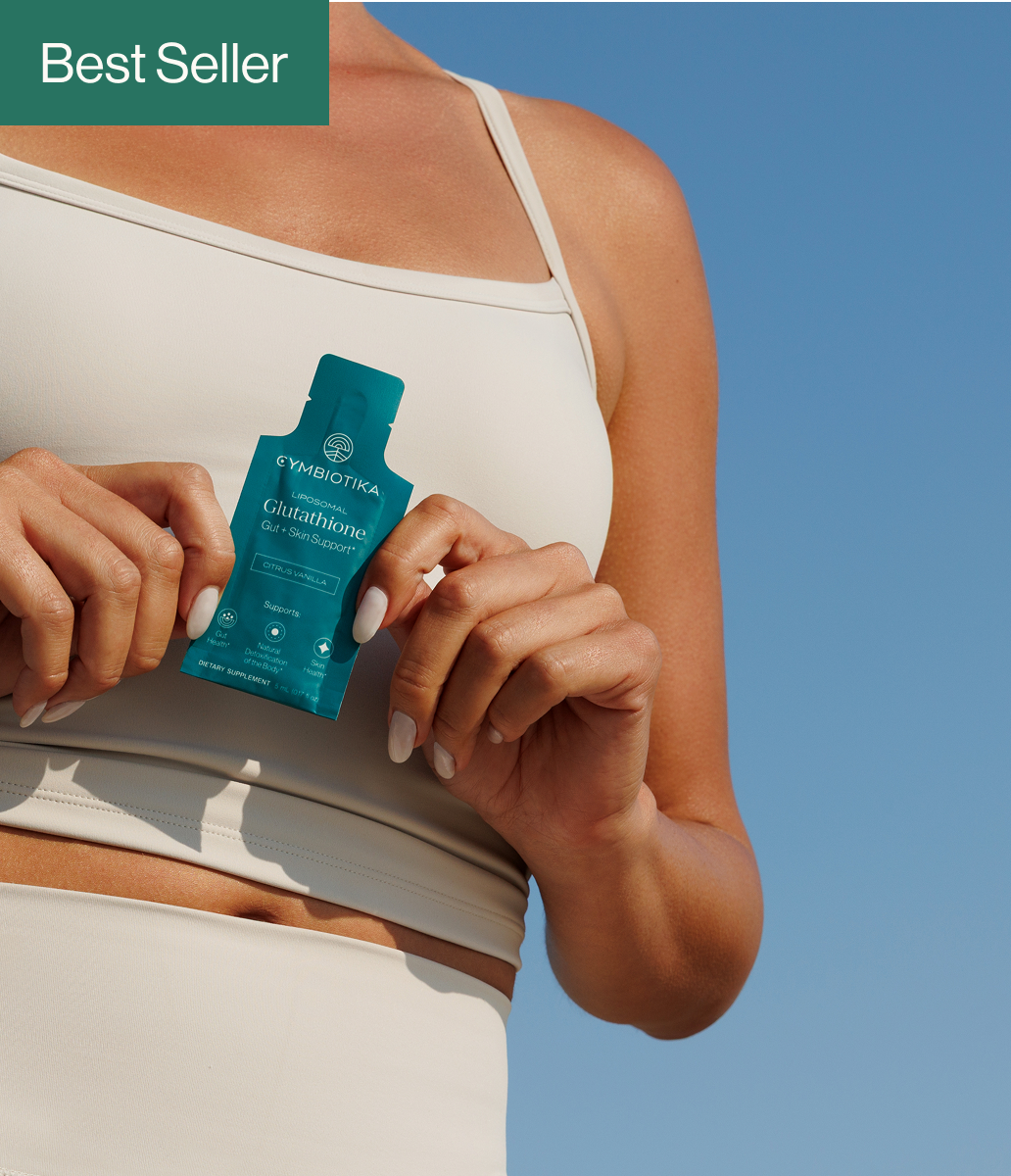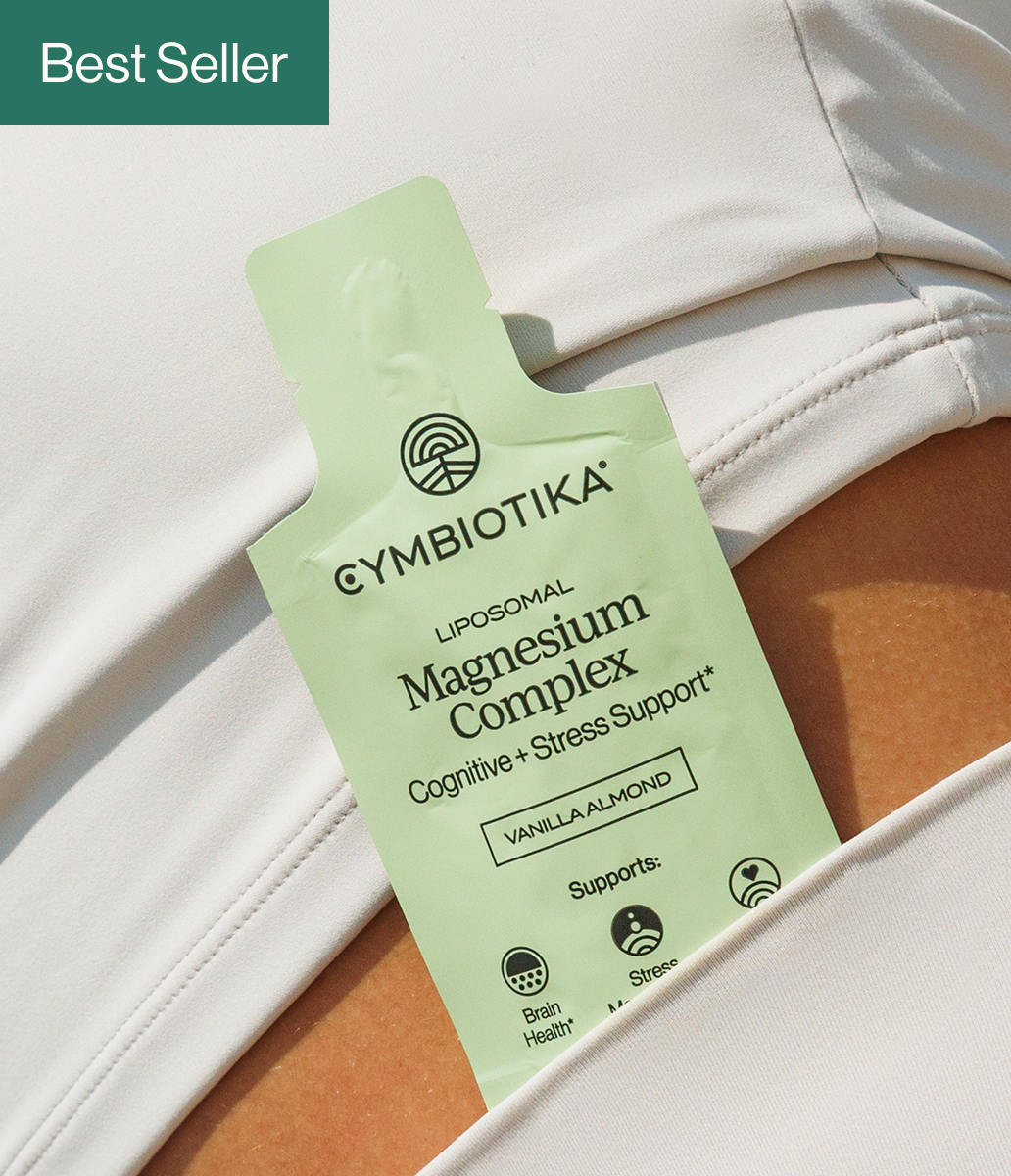Table of Contents
- Introduction
- The Science of Calorie Burning Post-Exercise
- What is EPOC?
- The Role of Exercise Intensity
- Types of Workouts that Maximize Afterburn
- Other Factors Influencing Caloric Burn
- How to Sustain Caloric Burn Beyond the Gym
- Final Thoughts on Integrating the Afterburn Effect into Your Routine
- FAQ Section
Have you ever walked out of the gym, drenched in sweat, feeling like you’ve just outdone yourself? That high you get from a good cardio session is not merely a fleeting moment; it carries the potential of continuing to work for you long after you've left the treadmill. But how long does this calorie-burning party last? The concept of burning calories after a workout, often referred to as the “afterburn effect,” has become a hot topic in the fitness community. Today, we’ll dive into the science behind this phenomenon and explore how we can optimize our workout routines to make the most of it.
As we navigate this topic, our goal is to empower you with knowledge about how your body works post-exercise and how to maximize your fitness efforts while staying aligned with our commitment to transparency and quality at Cymbiotika. By the end of this article, you will understand the dynamics of calorie burning after cardio, the factors that influence it, and how to incorporate strategies into your fitness routine.
Introduction
The idea that your body continues to burn calories after cardio is not just a myth; it’s rooted in science. When we engage in physical activity, we ignite a complex metabolic process that doesn’t simply stop once we hit the showers. Instead, our bodies remain in a heightened state of energy expenditure as they work to restore balance. This process is known as excess post-exercise oxygen consumption, or EPOC.
But what does this mean for us? How can we harness the afterburn effect to enhance our overall wellness? At Cymbiotika, we believe that understanding the science behind our bodies can empower us to take control of our health. Together, we will explore the intricacies of the afterburn effect, the types of exercises that promote it, and how we can optimize our workouts for maximum benefits.
In this blog post, we will cover:
- The Science of Calorie Burning Post-Exercise
- What is EPOC?
- The Role of Exercise Intensity
- Types of Workouts that Maximize Afterburn
- Other Factors Influencing Caloric Burn
- How to Sustain Caloric Burn Beyond the Gym
- Final Thoughts on Integrating the Afterburn Effect into Your Routine
- FAQ Section
Let’s get started on this journey to better understanding how we can keep burning calories even after we’ve finished our cardio workout!
The Science of Calorie Burning Post-Exercise
To fully appreciate the afterburn effect, it's essential to understand the body's metabolic processes. When we exercise, our muscles require energy, which they derive from the calories we consume in our diets. This energy comes in various forms, primarily adenosine triphosphate (ATP).
During intense physical activity, our body’s demand for ATP skyrockets, causing our heart rate and breathing to increase. This metabolic boost means we burn calories not only during the workout but also in the recovery phase. After intense workouts, our bodies enter a state of heightened calorie consumption as they work to replenish energy stores, repair muscle tissues, and restore normal physiological functions.
Research shows that the amount of calories burned post-exercise can vary significantly based on several factors, including the type, intensity, and duration of the workout. This is where understanding EPOC becomes crucial in our fitness journey.
What is EPOC?
EPOC, or excess post-exercise oxygen consumption, is the phenomenon where our bodies continue to consume oxygen and burn calories after exercise. This process is a crucial component of the afterburn effect.
When we exercise, especially at high intensities, our bodies utilize both aerobic and anaerobic energy systems. The anaerobic system kicks in when we exert ourselves beyond our aerobic capacity, creating an oxygen deficit. After the workout, our bodies need to restore this oxygen balance, which requires energy—in other words, calories.
The duration of EPOC can vary but generally lasts from a few hours up to 48 hours after exercise, depending on workout intensity and individual fitness levels. It’s important to note that while EPOC contributes to calorie burn, it typically represents only a fraction of the total calories consumed during the workout itself.
At Cymbiotika, we focus on creating science-backed supplements that support your fitness goals. For instance, our fitness supplements can help enhance your workouts, ensuring you’re well-fueled to maximize your afterburn potential. Check out our Fitness Supplements Collection to discover options that can complement your fitness routine.
The Role of Exercise Intensity
The intensity of your workout plays a significant role in how much you continue to burn calories afterward. Research indicates that higher-intensity workouts yield a greater EPOC effect compared to lower-intensity steady-state exercises.
In simple terms, the more intense the exercise, the more oxygen your body will require to recover, which translates into a higher calorie burn. For instance, high-intensity interval training (HIIT) workouts, which alternate between short bursts of intense activity and periods of rest, are particularly effective for maximizing this effect. Studies show that HIIT can elevate your metabolism and keep your body burning calories long after your session has ended.
Conversely, steady-state cardio, such as jogging at a moderate pace, does not typically result in a significant EPOC response. While steady-state cardio offers numerous health benefits, it may not be the most efficient way to harness the afterburn effect.
As you consider your workout options, think about incorporating higher-intensity sessions into your routine. This could involve engaging in short, intense bursts of activity followed by recovery periods. Together, we can explore how to implement this strategy effectively.
Types of Workouts that Maximize Afterburn
To maximize the afterburn effect, we can focus on specific types of workouts known to be effective:
1. High-Intensity Interval Training (HIIT)
HIIT workouts alternate between intense bursts of activity and brief rest periods. This approach challenges the body and significantly elevates heart rate, leading to increased caloric burn during and after the workout.
2. Circuit Training
Incorporating strength training into a circuit format can also enhance EPOC. By performing multiple exercises back-to-back with minimal rest, we can keep our heart rate elevated while building muscle, which is essential for boosting metabolism.
3. Resistance Training
Weight lifting and resistance exercises create micro-tears in muscle fibers, which require energy to repair. This repair process can lead to extended calorie burning post-workout. Compound movements, such as squats and deadlifts, engage multiple muscle groups, further amplifying this effect.
4. Metabolic Conditioning Workouts
These workouts combine strength and cardio elements, pushing the body to work hard and recover quickly. Metabolic conditioning is designed to elevate heart rate and keep the body in a calorie-burning state for longer periods.
At Cymbiotika, our commitment to quality and transparency means we focus on the ingredients in our fitness supplements to support your workout goals. If you’re looking for ways to enhance your performance, consider taking our AI quiz to find the best supplements tailored to your needs.
Other Factors Influencing Caloric Burn
While workout intensity and type are critical, several other factors can influence how many calories you burn post-exercise:
1. Fitness Level
Individuals with higher fitness levels tend to have a more efficient metabolism, allowing them to experience a greater EPOC response. Regular training enhances the body’s ability to recover efficiently, leading to sustained calorie burn.
2. Body Composition
Muscle mass plays a significant role in calorie expenditure. Those with more muscle tend to burn more calories both during exercise and at rest. Therefore, incorporating strength training into your routine can help increase muscle mass and support long-term metabolic health.
3. Duration of Exercise
Longer workout sessions can result in a more pronounced afterburn effect, especially if they involve higher intensities. However, it’s essential to balance duration with intensity to avoid fatigue and overtraining.
4. Nutrition
What we eat before and after workouts can significantly influence energy levels and recovery. Consuming a balanced diet rich in protein, healthy fats, and carbohydrates supports muscle repair and can enhance the afterburn effect. Proper hydration is also crucial for optimal performance and recovery.
By focusing on these elements, we can create a well-rounded fitness regimen that promotes calorie burn both during and after workouts.
How to Sustain Caloric Burn Beyond the Gym
Maximizing calorie burn post-exercise isn't limited to what happens in the gym. Here are some strategies to sustain caloric burn throughout the day:
1. Stay Active
Incorporate more movement into your daily routine, even outside of formal workouts. Aim for short walks, standing desks, or active social outings to keep your metabolism engaged.
2. Prioritize Recovery
Allow your body to recover properly between intense workouts. This includes getting enough rest, fueling with nutritious foods, and considering recovery supplements that support muscle repair and reduce inflammation.
3. Monitor Your Activity Levels
Using fitness trackers or apps can help you stay accountable for your activity levels. Set daily movement goals and strive to meet them consistently.
4. Incorporate Active Recovery Days
On days when you’re not engaging in high-intensity workouts, consider active recovery sessions, such as light yoga, walking, or cycling. This allows your body to recover while still promoting calorie burn.
Ultimately, the key is to create a sustainable routine that balances intensity with recovery, enabling us to reap the benefits of the afterburn effect.
Final Thoughts on Integrating the Afterburn Effect into Your Routine
Understanding the afterburn effect equips us with the knowledge to maximize our fitness routines. By focusing on high-intensity exercises, incorporating strength training, and paying attention to nutrition and recovery, we can enhance our overall wellness and take control of our health.
At Cymbiotika, we are dedicated to providing quality supplements that align with your fitness goals. With our transparent approach to ingredients, you can feel confident in the choices you make for your health. Explore our Fitness Supplements Collection to support your journey.
FAQ Section
1. How long does the afterburn effect last?
The afterburn effect can last from a few hours up to 48 hours post-exercise, depending on factors like workout intensity and individual fitness levels.
2. Can I maximize the afterburn effect with low-intensity exercise?
While low-intensity exercises provide numerous health benefits, they typically yield a lower EPOC response compared to high-intensity workouts.
3. How can I optimize my workouts for better afterburn?
Incorporate high-intensity interval training, circuit training, and resistance workouts into your routine. Focus on intensity rather than duration for optimal results.
4. Does nutrition play a role in the afterburn effect?
Absolutely! Proper nutrition supports recovery and can enhance the afterburn effect. Consuming a balanced diet with adequate protein and hydration is crucial.
5. Will I burn more calories if I have more muscle mass?
Yes, individuals with more muscle tend to burn more calories both during exercise and at rest, making strength training an essential component of any fitness program.
In conclusion, understanding the science behind the afterburn effect empowers us to make informed decisions about our fitness routines. Let’s commit to incorporating these insights into our lives and harnessing the full potential of our workouts!
*These statements have not been evaluated by the Food and Drug Administration. This product is not intended to diagnose, treat, cure, or prevent any disease.























